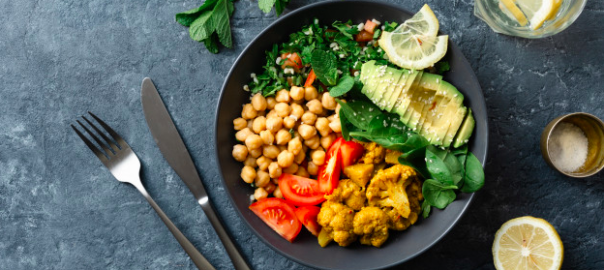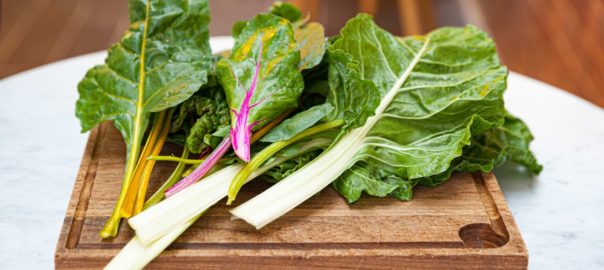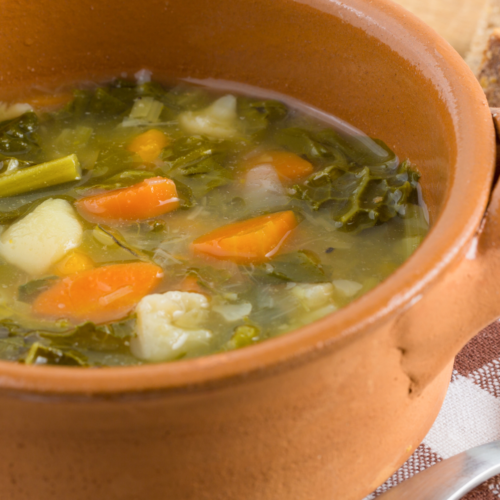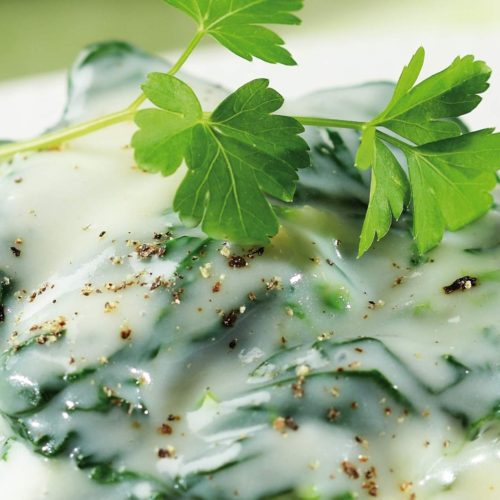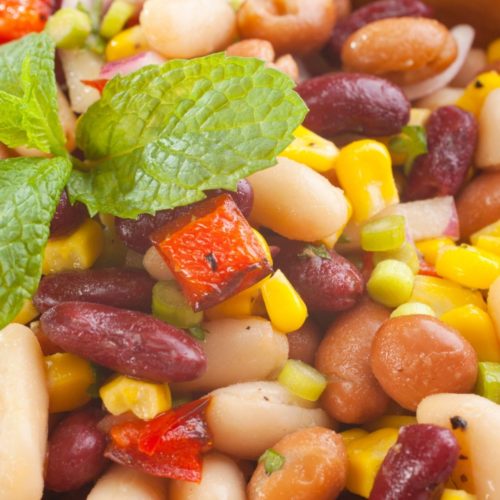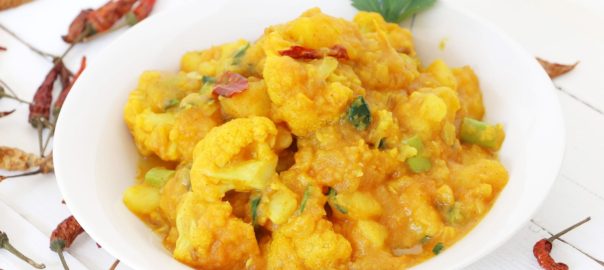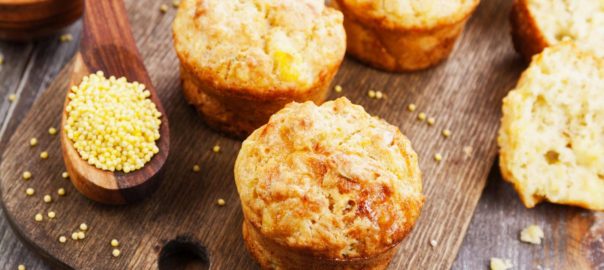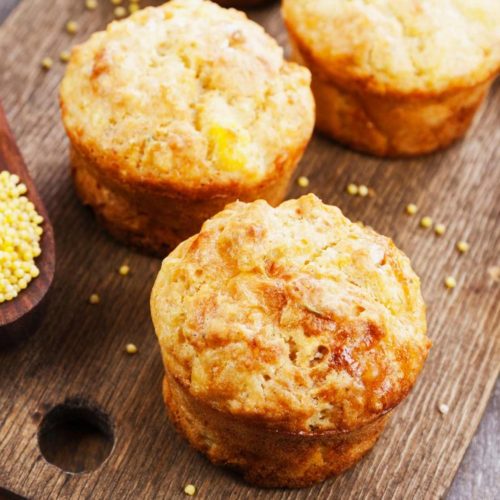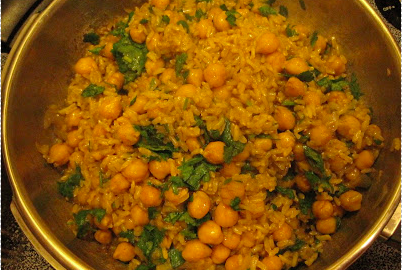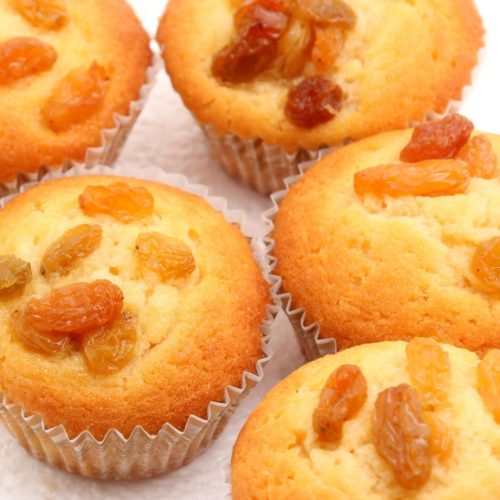What is vegan shame?
I recently read about a new website, called Vegan Shame, which has been created to publicly castigate vegans who have gone away from this style of eating. I'm stunned at the militant attitude that many people take toward their food and wonder how we've come to a point that someone's nutritional plan has become another form of tribalism; promoting a dogmatic adherence to diet.
A website geared toward creating an attitude of shame around food is, in my opinion, harmful. You should not feel bad about what you eat. We all need to learn to eat in a way that fits our bio-individual requirements and promotes health for our bio-individual bodies. The most important thing to remember is that there is no one-size-fits-all nutritional plan. It's just not possible to have one nutritional plan that provides perfect nutrition for every single person on the face of the planet.
Eat for your health
There are many different nutritional plans that work for a vast number of people. There are basic nutritional needs that we all have. But we cannot all eat the same thing all the time. Sadly, because they need to sell their book, program, supplements, or meal-plans, many diets out there promote themselves as “the only plan you need.” Many are good, some are better than others, but none that I have seen thus far are perfect for everyone.
I frequently have to remind people of this. One example I use is the Atkins Diet. Although not so popular anymore, at one point it was all the rage. Some people were delighted. “Look at me! I'm eating bacon cheeseburgers and I lost 25 pounds!” While their next-door neighbor is wondering why it's not working for them because they're following the exact same diet and yet they only lost 4 pounds. That is bio-individuality at work.
What does your body really need?
The truth of the matter is that in addition to bio-individual health, your nutritional needs vary throughout your lifetime due to basic biological changes. Let's be realistic, if your nutrition needs never changed you'd still be drinking breast milk. As you age you tend to produce less digestive enzymes. Or certain health issues require you to change your diet to avoid or add foods that will be more supportive of your health. Again, this leads to no one diet being the penultimate choice for every person throughout their lifespan. Unfortunately, society persists in promoting the myth that one size should fit all when it comes to diet. And it makes no allowances for variables that can impact health.
Food cultures
Food choices are complicated by a number of factors. Firstly there are cultural food preferences; people in different countries learn to prefer different foods or food combinations. Then there are the -isms of the food world, omnivorous eaters, vegetarians, vegans, macrobiotic eaters, and more. This is compounded by the immense variety of “diets”, South Beach, Zone, Atkins, and a huge number more. Then there are those who have food sensitivities and truly must avoid certain foods. This creates a rich and diverse mix of food cultures.
This mix is one that we should welcome. Of more importance than creating a hardcore, militant attitude toward food, I encourage you to learn to eat well for your body. To be in tune with your body and choose what is nourishing and supportive for you.
We should all support ourselves, in health, by loving ourselves, loving our bodies, and making positive choices and associations with food. And let's not shame or disparage those who eat differently than we do.

